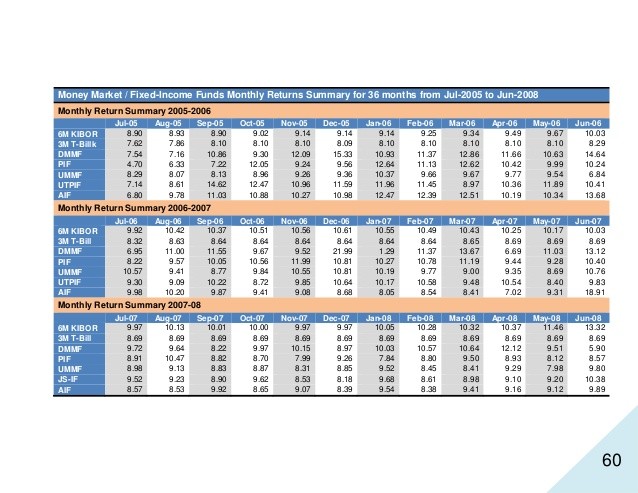MONEY Magazine Get the most from dividend funds Nov 17 2005
Post on: 3 Июль, 2015 No Comment

November 17, 2005: 11:06 AM EST
By Penelope Wang, MONEY Magazine
NEW YORK (MONEY Magazine) — Mutual fund companies are slapping the word dividend on seemingly every new fund they trot out these days.
Given how that turned out, small investors and big players alike have embraced dividend-paying stocks as a return to common sense.
Up to a point, this is a good idea, but the fund industry seems intent on blowing right by that point. More than two dozen dividend funds have been started in the past two years, and assets in the category are up more than 60 percent since 2002.
More funds are on the way.
Among recent launches: Vanguard Dividend Achievers Index, which will be available both as a regular fund and as an exchangetraded fund (ETF), and three dividend ETFs from PowerShares.
Other newcomers include Cohen & Steers Dividend Value and Schwab Dividend Equity.
And it’s not as though there weren’t any dividend funds before. PowerShares already offers a dividend focused ETF, and Vanguard runs Vanguard Dividend Growth in addition to its new fund. It also runs Vanguard Equity Income, which is the company’s highest yielding stock fund even though it doesn’t include the word dividend in its name.
When the fund industry embraces a strategy and tries to market it into a craze, that’s usually a signal for you to run away. Not this time.
Dividend-focused funds can strengthen your portfolio in several ways:
- They provide more income than you’ll get from an S&P 500 index fund.
The trick is not to get caught up in the hype and end up overdoing the amount you invest in these funds. Here’s what to keep in mind as you search for the right one for you.
Look beyond the label
Some dividend funds aim for high yield; others seek growth and income.
If you want the former, consider T. Rowe Price Equity Income (PRFDX ). This MONEY 50 fund seeks out inexpensive stocks with above-average yields, but keeps risk low. Its recent yield: 2.3 percent, compared with 1.9 percent for the S&P 500.

By contrast, a growth investor who views dividends as a sign of a company’s financial health may prefer Fidelity Dividend Growth (FDGFX ), another MONEY50 entry. This fund keeps a large stake in stocks that don’t pay dividends now but whose strong cash flow could support them. It yields 1.8 percent.
Be stingy with expenses
As Russel Kinnel, Morningstar’s director of fund research, notes, accounting rules require that a fund’s expenses be paid first out of the portfolio’s yield.
So all things being equal, the lower the fund’s expense ratio, the higher the yield you get.
For example, if a fund yields 3 percent and its expense ratio is 1.5 percent, you will receive only 1.5 percent in dividends, while the fund company rakes in the other 1.5 percent. So avoid stock funds with expense ratios over 1 percent.
Don’t obsess over tax breaks
Not all stock fund dividends qualify for the low tax rate of 15 percent, because a fund must hold a stock for 60 days before and after the payout date for the dividend to qualify.
Last year, for example, only 86 percent of the dividends paid by iShares Dow Jones Select Dividend (DVY ), an ETF yielding 3 percent, qualified for the lower rate.
To check a fund’s dividend history, you can call its 800 number. Also, be aware that the dividend break is set to expire at the end of 2008. Then dividends will be taxed at ordinary income rates unless Congress extends the break — whether that happens is anybody’s guess.
Think long term
There’s one rationale for buying a dividend fund that’s not so good: You expect it to continue beating the broader market.
Keep in mind, most of these funds hold large-value stocks — that means bargain-priced shares, typically those of financial services and industrial companies. If you invest too heavily and one of those sectors takes a hit, you’ll feel a sharp pain that a quarterly dividend check can’t ease.














